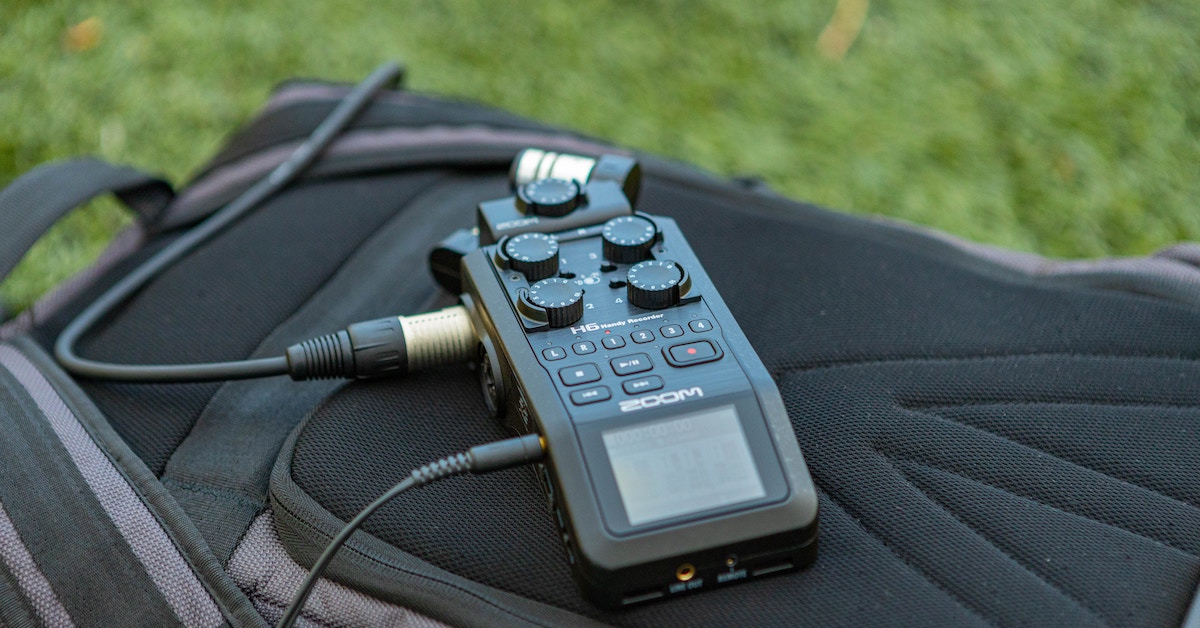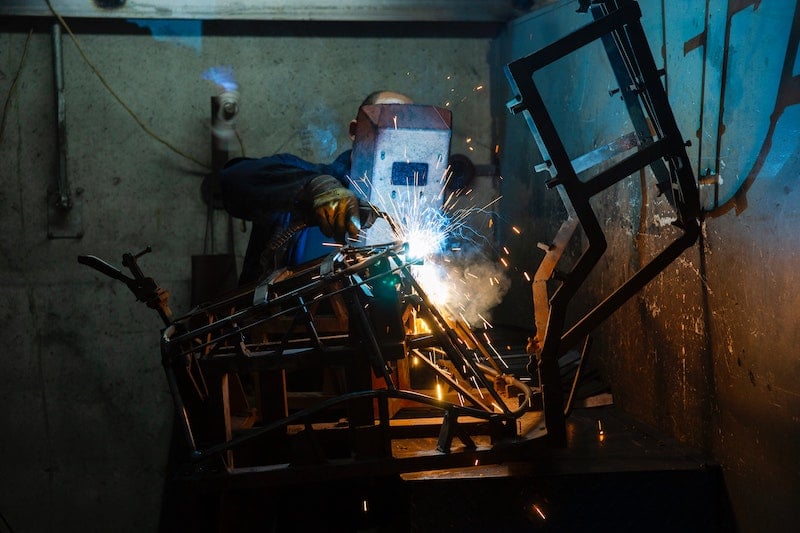In the concluding part of our series, we continue to demystify sound effects terminology to assist in your search for the best sounds for your project.
Surround sound not quite working for your project? Maybe Ambisonics is what you need to explore. Need to sweeten your sound design but don’t know where to start? Look for some textures to add to the mix. What is Foley and how can you use it in your project? We’re exploring all of these questions in this article.
If you missed Part 1 of our series, check it out here!
Ambisonics
If you’re looking for a three-dimensional soundscape, with sonic information spanning an immersive 360 degrees of directionality, then Ambisonics is the format for you. The recordings represent the entire soundfield, featuring sounds from in front, behind, above, and below the listener. A perfect place to begin is the immersive urban ambience recordings found in our NYC, London, Shanghai, Chicago, Tokyo, Los Angeles, and Paris Ambisonics libraries. These libraries allow sound editors and mixers to have flexibility and control over the recordings by tweaking virtual microphone positions with SurroundZone2 software – making them especially perfect for 3D audio applications, including VR and 360º video.
Evolving
While this isn’t a formal sound effects term, it is a common descriptor used in metadata. An evolving sound effect is a sustained tone that changes over time with movement and variation; as the sound progresses, it evolves. Ambient soundscapes, drones, and pads that evolve can be used in many creative ways – they can add texture to game cinematics, build atmosphere in a fiction podcast, and even serve as the bridge between sound design and music in a soundscape that features both elements. Explore our Cinematic Dread library by sound designer and composer Alan Howarth to find the perfect evolving ambiences for your next horror/sci-fi project.
Texture
Sometimes you might need to sweeten your sound design with elements that add character to the soundscape. That’s when you reach for the texture sound effects. Soft and ethereal sounds add a magical texture, hums and buzzes add glitch, ghostly wind is perfect for a sense of creeping dread, and designed synths add a dark, otherworldly atmosphere to your scene. The Odyssey Collection: Design Elements library has a wide range of transitions, swells, sweeps, and whooshes to choose from to help enhance your projects.
"Ambient soundscapes, drones, and pads that evolve can be used in many creative ways – they can add texture to game cinematics, build atmosphere in a fiction podcast, and even serve as the bridge between sound design and music in a soundscape that features both elements."
Industrial
A symphony of all things mechanical is what you will find under the Industrial sound effects umbrella. Gears clashing, metal clanging, power tools whirring, engines idling, machines creaking, steam pipes hissing – just a handful of the industrial sound elements that can be combined for use in your next film, TV, game audio, or music project. Check out our Industrial Sounds with Soul library, by film sound pioneers Ann Kroeber and Alan Splet, for a rich auditory exploration into a deeply creative industrial world.
Resonance
Without going into an intense physics lesson, let’s just say that resonance refers to the sound created when the vibrations of one object match the natural frequencies of another object and amplify that particular frequency to create a tonal vibration. Sound designers use resonance in a variety of creative ways. For example, in our Sonomar Collection: Crystal Sing library, sound artist Martin Pinsonnault (CODA, Dallas Buyers Club) performed using glasses as instruments, resulting in ringing tones at various pitches; these resonant harmonic tones from the ringing glass were recorded in 192kHz and are ideal for pitching and processing.
Downer
The sound of a power down is often called a downer; this effect is used regularly in movie trailer sound design. The purpose of a downer is to slow down the action, often bringing it to a halt. If you need time to stop, a downer is the sound effect to accompany it. This transition effect comes in various forms – a slow pitch-down into sub-bass frequencies, a stuttering deceleration, a deep and muffled descent; all in the service of slowing things down and adding an emphatic pause to a moment. Our Colossal: Trailer Sound Effects library has a variety of downers for all your time-stopping needs.
Debris
Conveying the full impact of destruction requires the soundscape of debris, which is built using elements like shattered glass, crumbling bricks, metal scrapes, collapsing rubble, cracking twigs, rusted metal rattles, and junkyard clatter. Build a rich, evocative, and layered bed of sound using debris from the Dynamic Debris sound effects library, comprising over 400 sounds of debris featuring a wide variety of material.
"If you need time to stop, a downer is the sound effect to accompany it. This transition effect comes in various forms – a slow pitch-down into sub-bass frequencies, a stuttering deceleration, a deep and muffled descent; all in the service of slowing things down and adding an emphatic pause to a moment."
Foley
Footsteps on gravel, the rustle of a jacket as it is taken off, the drag and scrape of heavy furniture–when you hear these sounds in a film, you’re hearing the work of a foley artist who recreates sound effects in sync with the moving image on screen. Experienced foley artists make it look effortless, but make no mistake – great foley comes from a great performance and the recording of the performance, both of which are tasks that require a high level of skill. To hear the art of foley in action, explore The Odyssey Collection: Foley Effects library with over 4,500 lifelike recordings of everyday actions from Academy Award®-winning sound artists Mark Mangini and Richard L. Anderson.
LFE
Low bass hits, powerful rumbles and tremors, deep impacts, ominous soundscapes, dark and dramatic ambiences – these are all from the low-frequency effects (LFE) family and they are where the boom and impact of your sound design lie. Get started on amplifying that low-end energy with high-resolution explosions, blasts, bursts, and impacts from the Detonate sound effects library.
Tonal
Tonal or musical sound effects have a distinct tone or pitch: like a dissonant riser, swelling bass accent, tonal impact, or a bell-like synth pad. Such sound effects are a little trickier to use in sound design for film because there is the possibility that they may clash with the score that plays at the same time. Check out the variety of tonal winds in the Cinematic Winds sound effects library to shape the sound of your next feature.
We hope this two-part guide provided you with a deeper understanding of the world of sound effects and the creativity that lies within it. The next time you search for a sound effect for your project, it should be just a little bit easier to know exactly what you’re looking for.
Sonal D'Silva is a freelance sound editor and designer with a decade of experience working with music, dialogue and sound design elements for video projects. She also composes and produces music and is an alumnus of the Berlinale Talent program and the Red Bull Music Academy.















